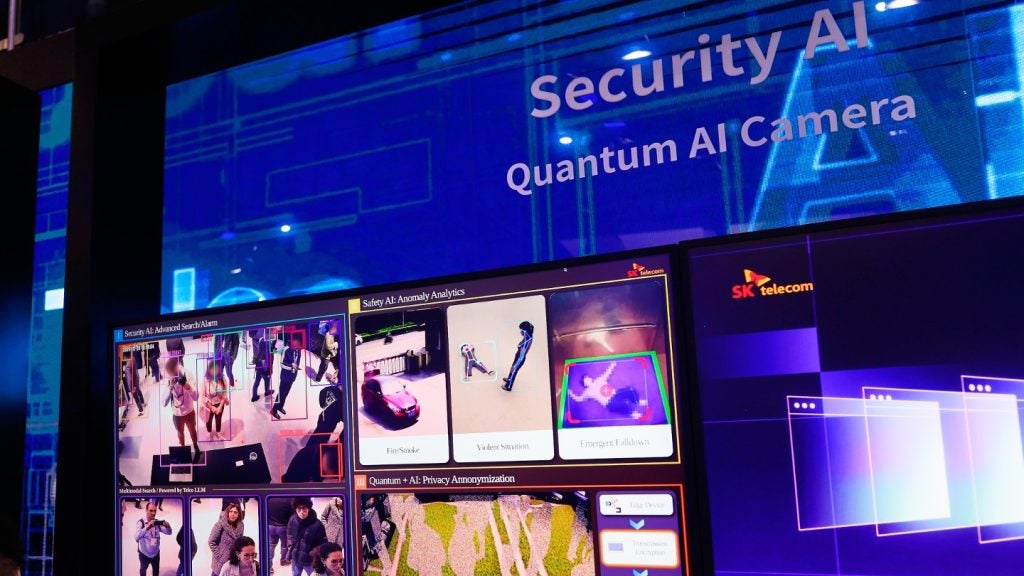

The US has flown two B-1B Lancer bombers and four F-35B Lightning II fighter aircraft in response to North Korea’s launch of an intermediate-range ballistic missile on 28 August.
The missile was launched over northern Japan amid rising tension over North Korea’s nuclear and ballistic missile development programmes.
US Pacific Air Forces commander general Terrence J O’Shaughnessy said: "North Korea's actions are a threat to our allies, partners and homeland, and their destabilising actions will be met accordingly.
“This complex mission clearly demonstrates our solidarity with our allies and underscores the broadening cooperation to defend against this common regional threat. Our forward-deployed force will be the first to the fight, ready to deliver a lethal response at a moment’s notice if our nation calls."
The US Air Force's (USAF) B-1B Lancers and the US Marine Corps’ F-35B Lightning II took off from Andersen Air Force Base in Guam and Marine Corps Air Station Iwakuni in Japan to individually conduct a sequenced bilateral mission.
The 10-hour mission in Japanese airspace and over the Korean Peninsula witnessed participation of Japan Air Self Defense Force’s two Koku Jieitai F-15J fighter jets and the Republic of Korea Air Force’s four F-15k fighter jets.
How well do you really know your competitors?
Access the most comprehensive Company Profiles on the market, powered by GlobalData. Save hours of research. Gain competitive edge.

Thank you!
Your download email will arrive shortly
Not ready to buy yet? Download a free sample
We are confident about the unique quality of our Company Profiles. However, we want you to make the most beneficial decision for your business, so we offer a free sample that you can download by submitting the below form
By GlobalDataBefore returning to their respective home stations, the US and South Korean aircraft practised attack capabilities by releasing live weapons at the Pilsung Range training area, the US Department of Defense (DoD) stated.
The US Pacific Command is responsible for maintaining flexible bomber and fighter capabilities in the Indo-Asia-Pacific theatre, by retaining the ability to quickly respond to any regional threat in order to defend the US homeland and in support of its allies.
Image: The F-35Bs and B-1Bs made contact with two Japan Air Self-Defense Force Koku Jieitai F-15J fighters in Japanese airspace. Photo: courtesy of Japan Air Self-Defense Force.






